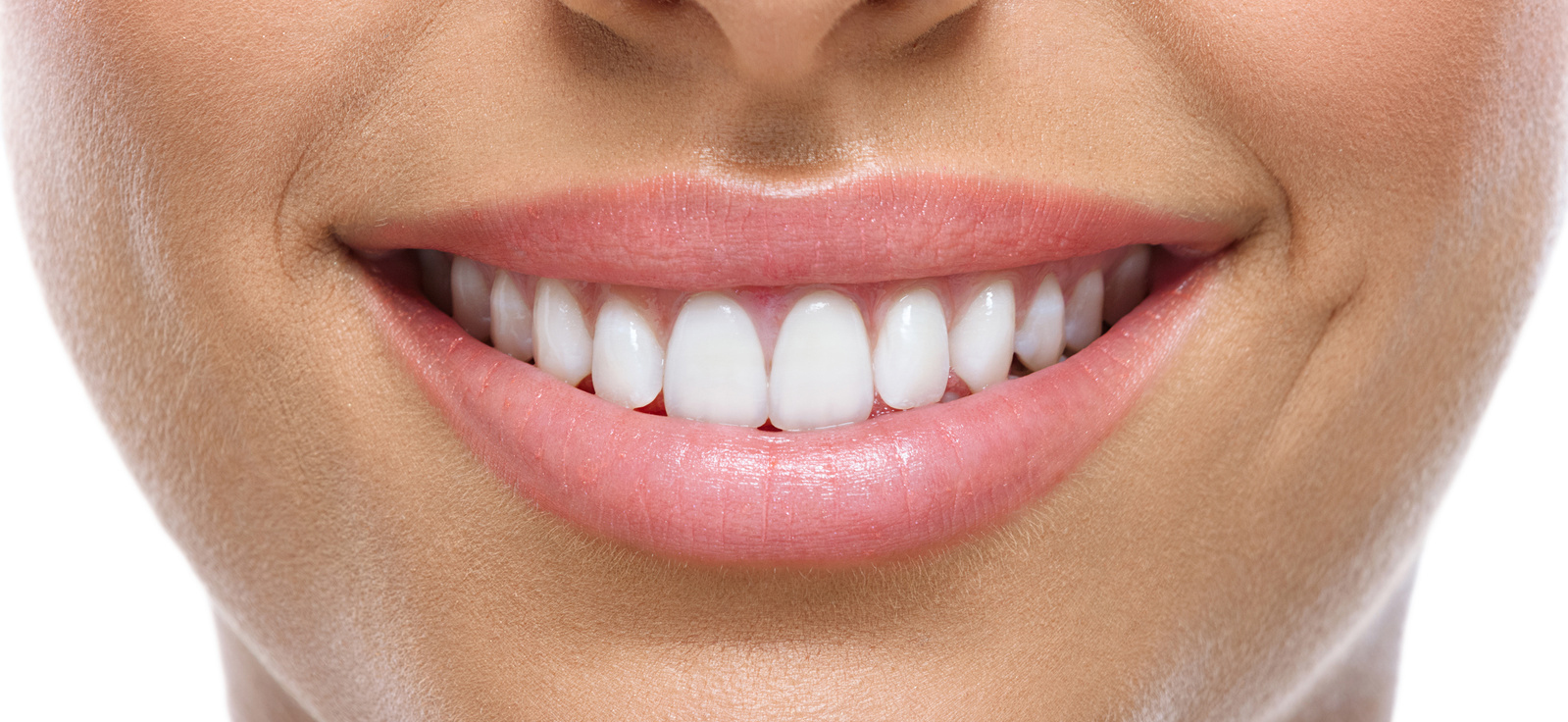Wisdom teeth, also known as third molars, typically emerge between the ages of 17 and 25. While some people experience no issues when their wisdom teeth come in, many others face complications—especially when these teeth become impacted. An impacted wisdom tooth occurs when there isn’t enough space in the mouth for it to erupt properly, causing it to grow at an angle, press against other teeth, or remain trapped below the gum line. Understanding the symptoms and available treatments for impacted wisdom teeth is essential for protecting your oral health.
Common Symptoms of Impacted Wisdom Teeth
Impacted wisdom teeth can often lead to discomfort and noticeable symptoms. Some of the most common signs include:
-
Pain or Discomfort: Persistent pain at the back of the mouth or jaw is a key indicator. This discomfort can radiate to nearby areas and worsen with chewing.
-
Swollen or Bleeding Gums: The gums around the affected area may appear red, swollen, or bleed easily when brushing or flossing.
-
Jaw Stiffness: Limited jaw movement or difficulty opening your mouth wide may occur due to inflammation.
-
Headaches or Earaches: Pain from impacted teeth can radiate to the head and ears, causing headaches or ear discomfort.
-
Bad Breath or Unpleasant Taste: Infection around an impacted tooth can lead to halitosis and a foul taste in the mouth.
If left untreated, impacted wisdom teeth can lead to more serious issues such as cysts, damage to nearby teeth, gum disease, or even tooth decay.
Treatment Options
The most common and effective treatment for impacted wisdom teeth is extraction. Depending on the severity and positioning of the tooth, your dentist or oral surgeon may recommend:
-
Simple Extraction: For partially erupted wisdom teeth that are accessible.
-
Surgical Extraction: If the tooth is fully impacted or growing at an angle, a minor surgical procedure may be necessary to remove it.
Before the extraction, your dentist will take X-rays to assess the positioning and determine the best approach. Local anesthesia is typically used, and in some cases, sedation may be recommended to ensure a comfortable experience.
Post-Extraction Care
After the procedure, following proper aftercare instructions is crucial. This includes resting, applying ice packs to reduce swelling, eating soft foods, and avoiding vigorous rinsing or sucking through a straw. Most patients recover within a week.
When to See a Dentist
If you experience any symptoms of impacted wisdom teeth, it’s important to schedule an evaluation with your dentist. Early detection and treatment can prevent more serious dental problems and help you maintain a healthy, pain-free smile.
Understanding and addressing impacted wisdom teeth can save you from long-term complications. With the right care and timely treatment, you can protect both your comfort and your oral health.
